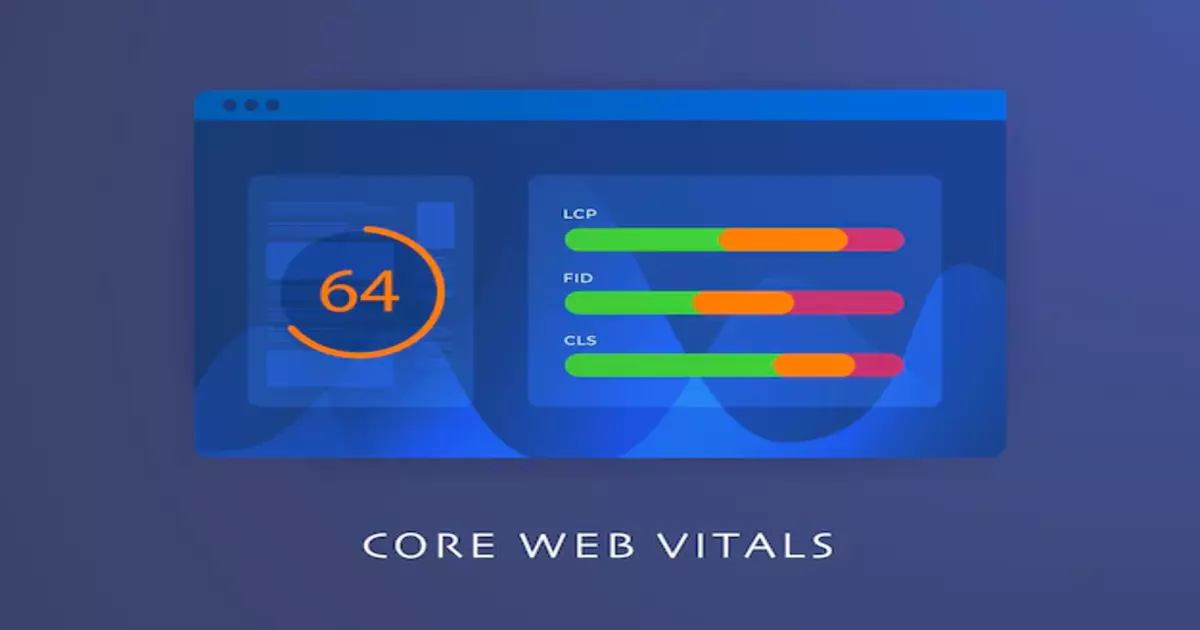
Core web vitals: A guide how to improve your website page speed
Google Core web Vitals are a set of important component pointers used by Google to assess the health and vitality of websites:
They are page knowledge indicators that are used to assess your site's experience by determining how quickly viewers can relate to it. Web speed, for example, is critical since a slow-loading page might result in lower engagement rates and higher bounce rates.
However, this can harm your site's ranking in search results as well as your company's overall success.
How do progress core web vitals?
1) Apply a caching result
Your server's load can be reduced by caching your content. A caching tool stores static HTML versions of your pages, eliminating the need for them to be loaded every time a visitor visits your website. You may be able to modify caching on the server level depending on your web host.DreamHost
For example, at DreamHost, we recommend server-side caching for WordPress ideas. However, as a WordPress user, you have access to a slew of caching plugins. W3 Total Cache is one of the best conventional options. As a result, this free WordPress plugin might improve your site's results by reducing page load times. It suggests page and post caching, CSS and JavaScript, database stuff, and many other things.A few more free plugin options are as follows:
- WP Fastest Cache
- LiteSpeed Cache
- WP-Optimize
2) Remove render-blocking variables
Render-blocking features refer to the static HTML, CSS, and JavaScript files required to render a homepage. Each of these files, however, has scripts that can prevent your users from seeing the content. They are, of course, built using third-party plugins and tools such as Google Analytics. However, you can avoid these scripts by removing render-blocking variables and minifying and removing any new CSS or scripts. There are numerous approaches you can take. Before minifying your JavaScript and CSS, remove any unnecessary comments and white spaces.CSS Minifier
To make this easier, utilize a tool like CSS Minifier. The tool is completely free to use. You may easily add CSS and then select the Minify button. After that, you can install your code and replace it by copying and pasting the output. Another option is to merge your JavaScript and CSS files to make them shorter. This is an additional duty that WP Rocket's file-boosting capability can help with.3) Submit loading of JavaScript
If you wish to increase your FID scores, you can try submitting the loading of JavaScript. This is another method for removing render-blocking features. Although JavaScript is delayed in loading, this approach causes your web pages to load faster. In other words, it loads more content on the website immediately after a visitor arrives, rather than waiting for all JavaScript files to finish loading. Your files will have to wait until the remainder of your web page has finished loading.CSS file
You may also change the settings on your website to allow faster loading of "above the fold content," which is important CSS. 'Above the fold' refers to the elements of a website that appear first. This is accomplished by simply copying the material from the main CSS file and inserting it into your code. This will allow it to support its load more quickly, improving the user experience. Few caching plugins, such as WP Rocket, include an Improve CSS Delivery component that can be helpful in this situation.4) Utilize a content delivery network (CDN).
A Content Delivery Network (CDN) is a global network of servers that you can utilize to store your content. This indicates that your invitees will be assisted with your online material by servers in their immediate neighborhood. This can also help to shorten loading times. Using a CDN can help your consumers' LCP times. It can also help to reduce the Time to First Byte (TTFB). There are various third-party tools that you may use to improve your WordPress website. Cloudflare is another popular option.5) Sizing and image optimization
Another technique to boost LCP scores is to improve and compress your photographs in order to reduce file size. You can accomplish this with a tool such as TinyPNG. Image density tools allow you to consciously reduce file size without worrying about quality loss.Other image optimization plugins to consider utilizing include:
- ShortPixel
- EWWW Image Optimizer
- Imagify
- Smush